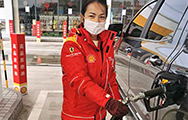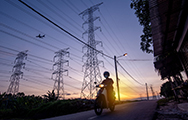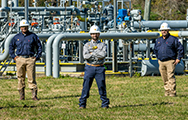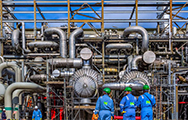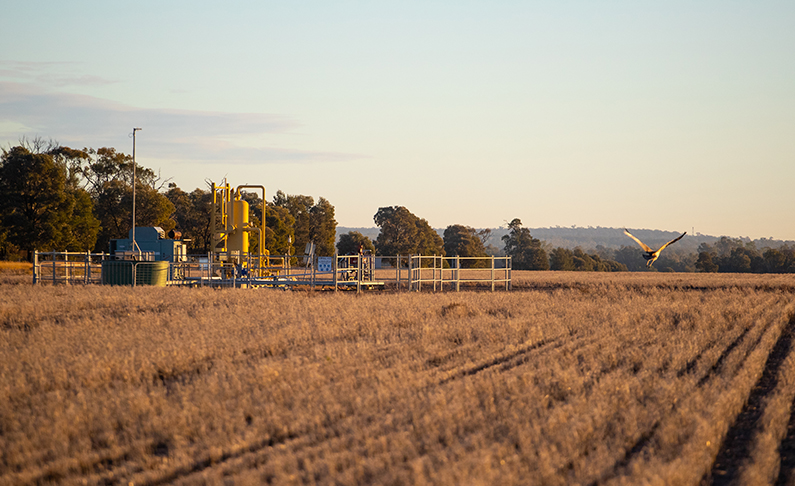Conserving water resources
We carefully manage the use of fresh water in our operations and the impact of our projects on water resources in the surrounding areas. Where water is scarce, we minimise our use of fresh water or aim to use alternatives such as recycled water, processed sewage water, and desalinated water. We treat waste water to international standards and are developing new technologies to improve the treatment, reuse, and recycling of water from our operations.
Our impact assessments help us to understand better the water risks for our projects and broader impact on the surrounding watershed. We evaluate the long-term sustainability of water resources to select the options that avoid or minimise disruption to the environment and other users. We use a combination of tools to help us do this, including the World Resources Institute’s Aqueduct Water Risk Atlas.
Shell is part of a consortium with BP, ExxonMobil, Chevron, Total and ENI that supports water risk assessment tools from IPIECA, the global oil and gas industry association for advancing environmental and social performance. These tools provide a high-level overview of how companies in the oil and gas sector can define, assess and respond to water risks.
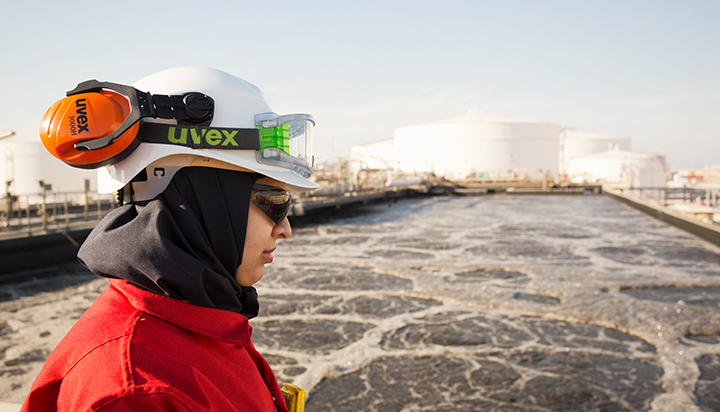
Water is almost entirely recycled and reused at our Pearl gas-to-liquids facility in Qatar.
Our Pearl gas-to-liquids facility in Qatar assesses and manages water use to as low as reasonably practicable, resulting in almost complete recycling and reuse at the facility. Pearl has capacity to treat up to 45,000 cubic metres of water a day, which is comparable to a municipal water treatment plant for a town of 140,000 people.
Fresh-water use performance
Fresh water withdrawn and consumed [A] [B]
million cubic metres
[A] Fresh water figures do not include once-through cooling water.
[B] We have updated some of our historical figures following a review of the data.
In 2020, our intake of fresh water was 171 million cubic metres, compared with 192 million in 2019. Around 90% of our fresh-water intake was used for refining oil products and chemicals, with the balance mainly being consumed in oil and gas production.
Fresh water withdrawn by source
%
Fresh water withdrawn by business
million cubic metres
Waste water and produced water
Where possible, we look for ways to treat water from our operations using natural solutions, such as constructed wetlands. We track low-level concentrations of oil, grease and other hydrocarbons within water returned to the environment from the day-to-day running of our facilities (referred to as “discharges to surface water”). We work to minimise these discharges in line with local regulatory requirements and our own standards.
In 2020, the combined total of hydrocarbons discharged to surface water from our facilities was 1.4 thousand tonnes, compared with 1.3 thousand tonnes in 2019. This was mainly due to an increase in the amount of oil discharged to water at the Pulau Bukom site in Singapore and some Shell facilities in the UK.
Soil and groundwater
We assess and carefully manage the risks of potential soil and groundwater contamination. We investigate known and suspected releases associated with our operations and manage the impact on soil and groundwater according to the most stringent of local regulated standards or Shell global standards. We conduct scientific research on potential risks of contamination from petroleum activities, customer services or products we may use. We share our findings with government agencies, researchers and other stakeholders to support the development of sustainable risk-based environmental guidelines.
